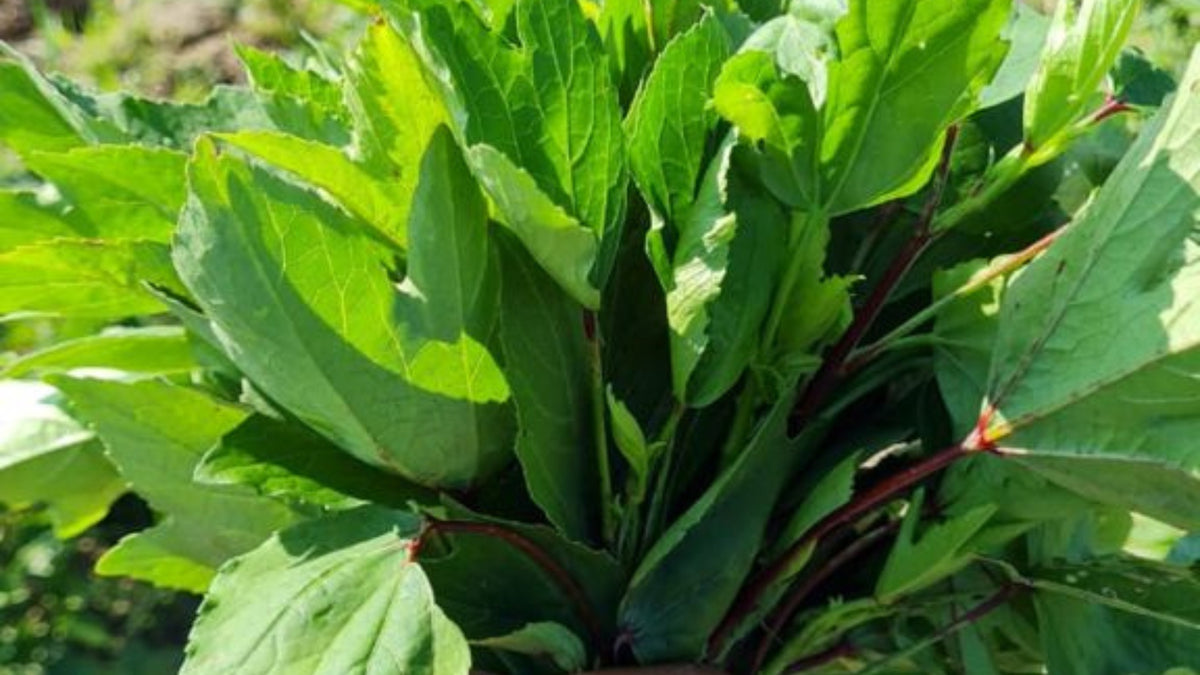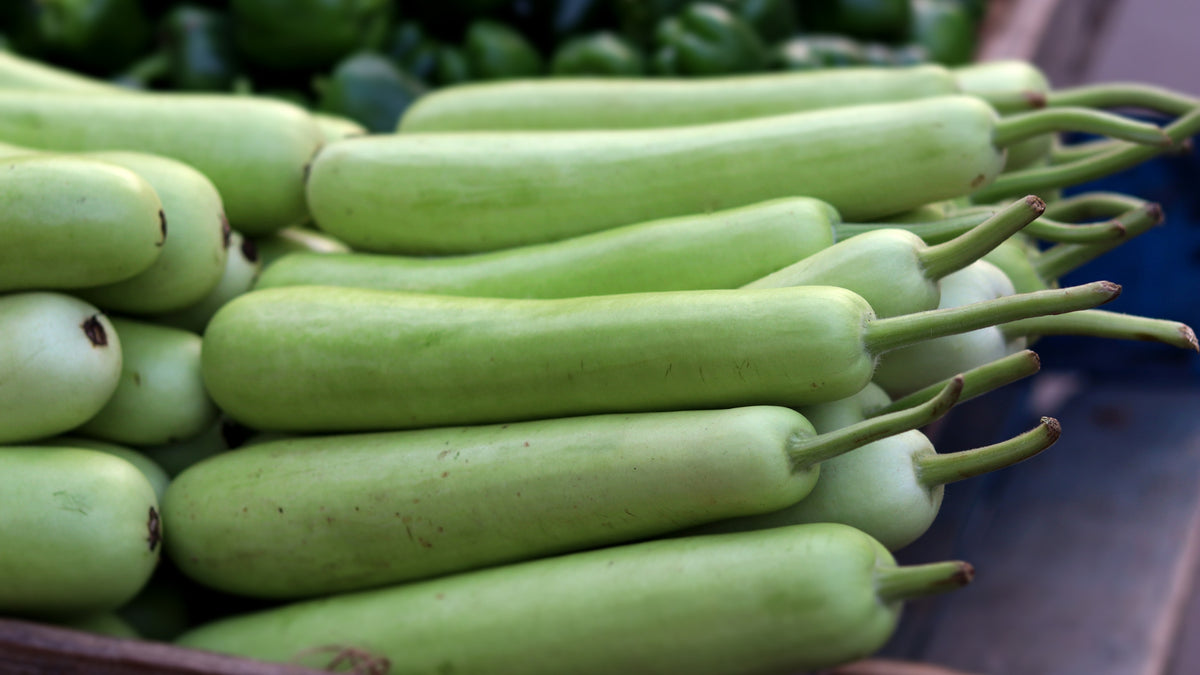
Increasing Resiliency and Strength with Ayurveda

There are many reasons why we experience the loss of mental and physical energy. A quite common reason is from a traumatic event or series of traumatic events. Trauma causes long term residual emotional stress that often results in anxiety and/or depression. The main symptom of both chronic anxiety and depression is fatigue that is accompanied by a loss of interest in normal activities.
In many situations the cause of the trauma is beyond our control; however, there are ways you can reduce the affect it has on your mental and physical wellbeing. Ayurveda offers solutions that help us build strength and resiliency to the stressors caused by situations we cannot control.
Why Everyone Experiences Stress Differently
Genetics do play a role in how your body responds to stress. People with a dominant kapha constitution are naturally more resilient and experience more steady emotional levels, while vata and pitta dominant constitutions are less resilient and can enter a state of fight or flight more easily. There are many life experiences that cause stress and depending on your past events you may be more vulnerable. Trauma from childhood neglect or abuse, violent attacks and certain occupations like military, police officers, firefighters, EMT and ER medical personnel are just a few ways people can be more vulnerable to trauma and the stress it causes.
How Ayurveda Builds Resiliency: Concept #1 — Daily Self Care Regimen
Ayurveda’s number one recommendation to build resiliency that helps to maintain strong mental and physical energy is to adopt a daily self-care regimen. In the ancient Ayurvedic text, there are recommendations for daily practices that strengthen our resiliency and help us maintain healthy mental and physical energy levels.
Dinacharya - Daily Practices for a Healthy Life
- Anjana (collyrium): Wash your eyes daily with purified, diluted Triphala water. This practice helps balance kapha.
- Nasya (nasal oil): Apply several drops of Anu Oil in your nose to help strengthen the nasal passages, ears and eyes.
- Head and Ear Oil: Massage Triphaladi Oil onto your scalp, neck, and ears to help strengthen the head region.
- Mouth and Tongue Cleaning: Use herbal tooth powders such as Dasanakanti Churnam for a clean and healthy mouth.
- Gandusha (oil pulling): Use herbal oil such as Valiya Arimedas Tailam daily as an oral gargle to strengthen the jaw and voice and improve your taste buds.
- Abhyanga (therapeutic oil massage): Massage yourself daily with an herbal oil like Dhanwantaram Oil to help strengthen your physical body and relieve stress. Snana (bath): Take a warm bath or shower after an Abhyanga to help relieve physical fatigue and remove any excess oil.
How Ayurveda Builds resiliency: Concept #2 — Daily Diet
The main purpose of Ayurveda is explained by the concept of Svastha (sva = my own self, stha = to be situated), which translates to be balanced in one’s true self. Your ‘true self’ is when all the doshas are in a normal state of equilibrium and you feel your absolute best.
Ayurveda tells us the number one cause of unbalanced doshas is poor digestion and the main cause of poor digestion is eating too little or eating too much. Eating just the right quantity is determined by your ability to fully digest what you are eating. In the ancient Ayurvedic text, there are recommendations for diet based on a person’s dosha or constitution type. Eating the right foods that support your constitution builds resiliency that helps maintain healthy mental and physical energy levels.
Ahara – Healthy Eating Habits for a Healthy Life
- Eat a moderate quantity of food. The unique amount that is healthy for you depends on the strength of your agni (digestive capacity).
- An easy concept to follow is to fill your stomach one-third with heavy foods, one-third with lighter foods and a small amount of water. Foods that are cooked have the dominant qualities of vayu (air) and agni (fire). Heavy foods, such as raw salad, root vegetables, dairy cheese and yogurt have heavy qualities of prithvi (earth) and jala (water).
- Eat only fresh, cooked, wholesome foods. When food is cooked it becomes lighter and easier to fully digest.
Examples of light foods — vayu (air) and agni (fire)
- Foods that are lighter to digest include red rice, shali rice (basmati or japonica), lentils or mung beans, rock salt, amla, barley, water, cow milk, ghee, and honey.
Examples of heavier foods — prithvi (earth) and jala (water)
- Foods that are heavier to digest include wheat, flatbreads, dried vegetables, root vegetables, cheese, yogurt, buttermilk, black beans, kidney beans and wild barley.
How Ayurveda Builds Resiliency: Concept #3 — Herbal Supplements
- Brahma Rasayanam contains the herbal formula dasamula (ten roots) and helps to balance vata dosha, nourishes the nervous system and brain, improves memroy, sleep, and lowers stress.
- Chyavanaprasam balances all three doshas, especially kapha dosha, the main herb amalaki rejuvenates all seven dhatus (body tissues), supports coughs and lung health, helps to increase weight, and promotes healthy skin and hair.
- Manasamitra Vatakam is an incredibly special formula that helps balance vata dosha. The main herbs are vacha and shilajatu which help to balance vata within the nervous system. Manasamitra supports and nourishes the brain and nerves, helps improve memory and concentration, and promotes sound sleep.
To gain the most benefit from these recommendations, we suggest consulting with an Ayurvedic doctor or practitioner for a personalized assessment. We all have different strengths and weaknesses, and the science of Ayurveda offers many tools to measure the state of our health and how we can improve it.
If you have any questions about how to use Kottakkal products, you may schedule a free 15-minute consultation here.
Disclaimer: These statements have not been evaluated by the Food and Drug Administration. Kottakkal Ayurveda products and information are not intended for use in the diagnosis, treatment, cure, or prevention of any disease. If you have serious, acute, or chronic health problems, please consult a trained health professional. If you are seeking the advice of a trained Ayurvedic professional, call (800) 215-9934 or email us at contact@kottakkal.shop. We will provide you with information to consult with Ayurvedic professionals. Always check with your doctor before taking herbs when pregnant or nursing.
Also in Healing with Kottakkal Ayurveda

Food is Medicine - Organic Gongura Leaf
Gongura, often referred to as Indian sorrel, is a leafy green vegetable packed with an array of health benefits. This vibrant green is a treasure trove of essential vitamins, minerals, and antioxidants.

Food Is Medicine - Organic Bottle Gourd

Boosting Energy and Rejuvenation with Narasimha Rasayana
Narasimha Rasayanam is an herbal jam formulated with base ingredients of butter, honey, and milk. This time-tested remedy is believed to promote balance within the body's three doshas, vata, pitta, and kapha and supports a range of health concerns. From supporting physical strength and hair health to promoting rejuvenation and cognitive function, Narasimha Rasayanam offers a multifaceted approach to well-being.


Julie Wardwell